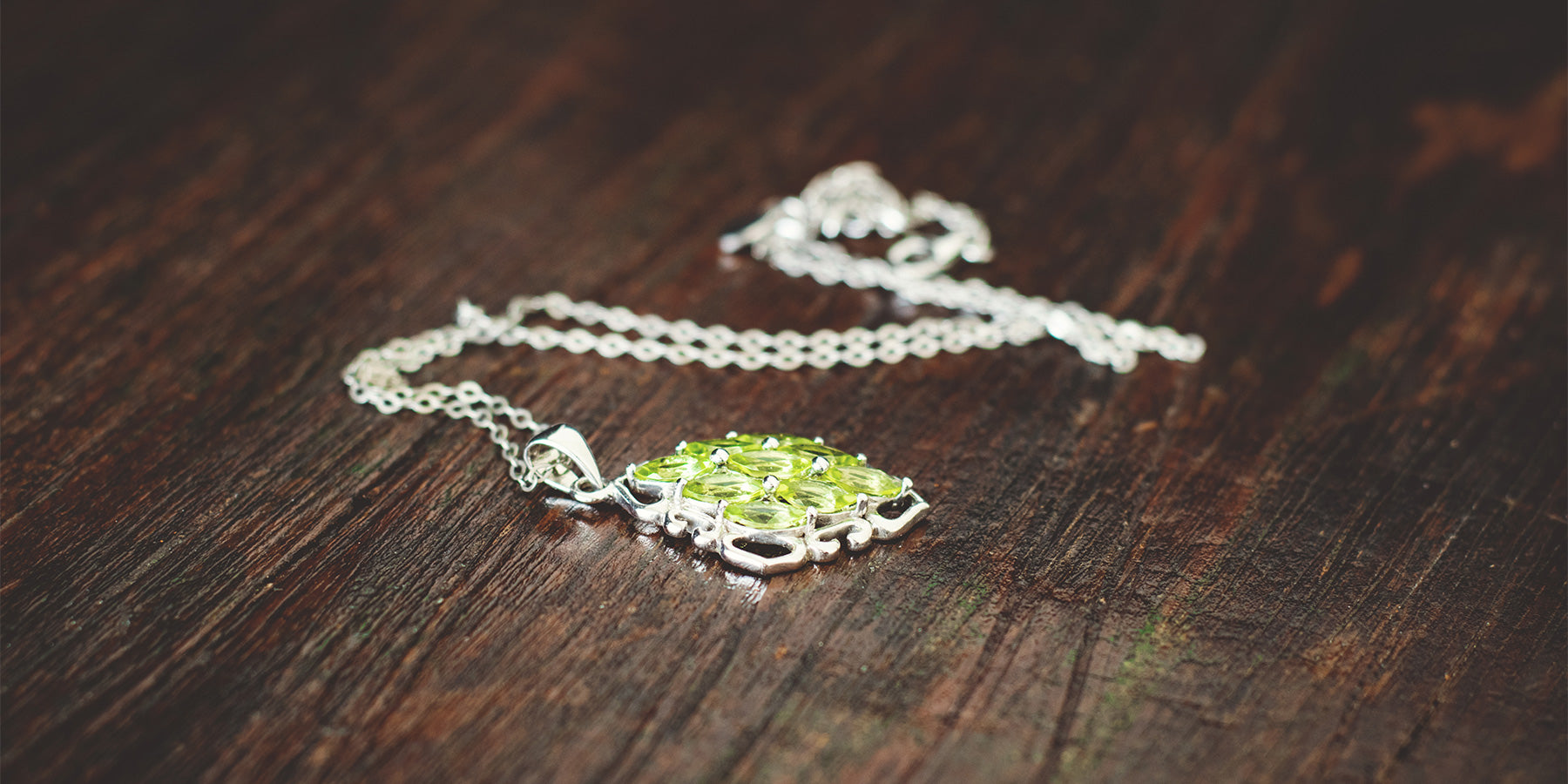Although it might seem silly, back in the day, precious and semi-precious stones were used by many as a way of curing diseases or obtaining supernatural powers. Nowadays, gems are a used for improving our outfits, adding glamour and personality to any ensemble.
Some legends and beliefs still surround these materials, and we’ve gathered a few of them so you can know more about your favorite stones. Here are some great myths behind 4 popular gemstones!
Great myths behind a popular gemstone: Agate
Agates are the official birthstones of September, and they can be found in many colors and patterns. In Roma and Persia, these stones were used to protect the harvests; while in later cultures, they were believed to protect against skin and blood diseases.
Agates have been considered popular healers during centuries, since it can reduce inflammations, sharpens physical strength and reduces stress. It’s also known for aiding communication and increasing self confidence in its wearer.
Great myths behind a popular gemstone: Quartz
Quartz, known as rock crystals, are beautiful gems that can be found in many different hues and shapes across the world. Although it’s quite a popular and common element, its unique appearance made it a favorite amongst shamans and ancient cultures, which believed these stones were actually made of frozen water that came from the gods.
Many different myths surround these stones according to each country, and it has been believed that they can provide clairvoyance, connect with other worlds, summon the elements, and protect or heal its wearer.
Great myths behind a popular gemstone: Amethyst
The amethyst is the official birthstone of February, and it’s known for having a beautiful and impressive purple shade. The name of this stone derives from a character from Greek mythology called Amethysta, a servant of goddess Artemis, whom was attacked by an enraged Dionysus and asked for the deity’s aid as the god unleashed his tigers to strike her. Artemis took pity on the woman, turning her into a stone to save her, and Dionysus, embarrassed by his actions, cried upon it, turning it purple.
Several other civilizations have valued this stone since then. It was considered a symbol of celibacy by the Christians, they were used as protective amulets during the Renaissance, and they were employed focusing mental skills and inducing the power of prediction.
Great myths behind a popular gemstone: Turquoise
This beautiful gem with green and blue hues was first discovered in the 13th century, and it received its name due to a misguided belief that it came from Turkey. Ancient cultures considered that its blueish tone gave it supernatural properties which served for protecting and bringing fortune to its wearer.
Some native civilizations have linked the turquoise to deities, since it reflected the color of the sky, and they were believed to connect the spiritual and physical world. In certain cultures, these gemstones were also useful for preventing injuries and improving athletic skills.
When worn in a bracelet, it’s believed that this gemstone can prevent or sooth pain, and also produce happiness and peace of mind.
You might also like:
- Trendy Amulets: The Turkish Evil Eye
- 2014 Jewelry Trends: Hamsa Hand Talismans
- Wedding Anniversary Gifts: the symbols, the gemstones and the flowers
Sources:
Bernardine. Agate facts, information and description. http://www.bernardine.com/gemstones/agates.htm
Ellen Steiber. About the stones. http://www.ellensteiber.com/thestones.htm
Emily Gems. Gemstone folklore and legends. http://crystal-cure.com/article-myths.html
Gems Brokers. Agate. http://www.gemsbrokers.org/gemstone/gems_and_gemology/agate_myths.htm Turquoise. http://www.gemsbrokers.org/gemstone/gems_and_gemology/turquoise_myths.htm
Jewels for me. Amethyst History. http://www.jewelsforme.com/amethyst-history
Russian Art, History and Culture. Turquoise myths and healing properties. http://www.therussianstore.com/blog/turquoise-myths-and-healing-properties/















